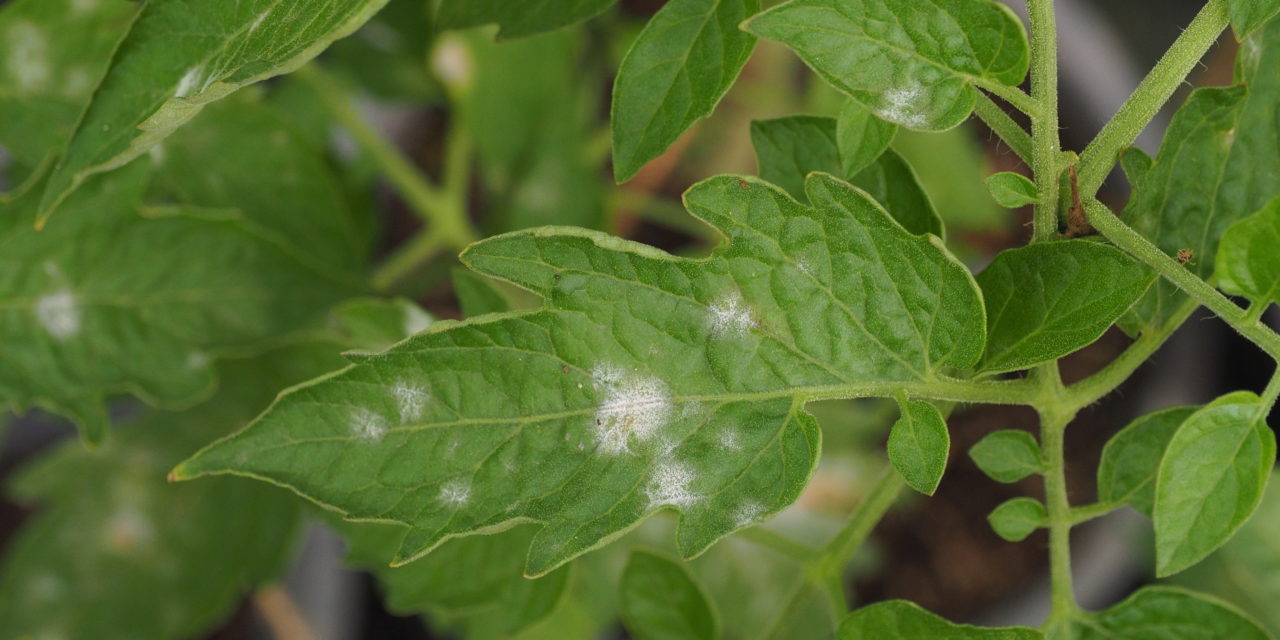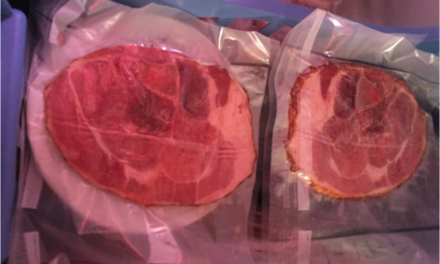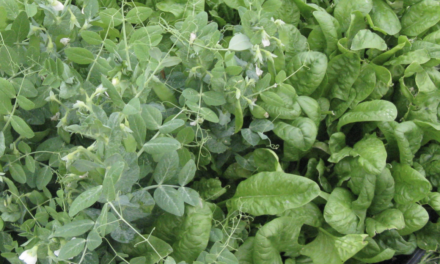Are you having yellow curling leaves on your veggies? It’s August; so in our area, that means fungus. It’s contagious. Its brassica white rust, airborne brown rot, clematis wilt, downy mildew, gray mold, phytophthora rots, powdery mildew, sooty molds, fusarium and veritcillium wilts to name a few!!!
Fungi are plants unable to make their own chlorophyll; they can’t produce their own energy through photosynthesis. Some feed on dead and decaying plant tissue but some have developed the ability to short-circuit healthy plants’ defenses and feed on living plant tissue.
To makes matters worse, some of these destructive fungal diseases have dormant spores that can stay viable in the soil for 40 years or more. Wow! What to do?
Here are some photos of possible fungus infections:

Controlling fungus pathogens is very limited. The most important thing you can do is try to avoid or prevent conditions that promotes fungi such as overwatering and layering plants too close together, preventing good air flow. Good garden hygiene especially in the fall clean-up will help prevent fungi as will selecting cultivars (plants) resistant to fungus. What you can do in the short term is spray affected plants with fungicides but please do it when bees are not active. I use a one-two punch of Neem oil and foliar feeding with a little white sugar added. I am treating the fungus while feeding the plants by applying a fish/seaweed based water based plant food directly to the leaves. The sugar is to deter insects as they do not like anything sweet; got this tip from a master gardener and to my surprise it really works. Try feeding the leaves with the sugar alone if you are fortunate enough to not have fungi issues.


You can pick up both the Neem oil and the fish-based liquid feed at your local Buchheit store. Here to help! Let me know what you think of the sugar trick. Be blessed! Anne







This blog was… how do I say it? Relevant!! Finally I’ve found something that helped
me. Appreciate it!